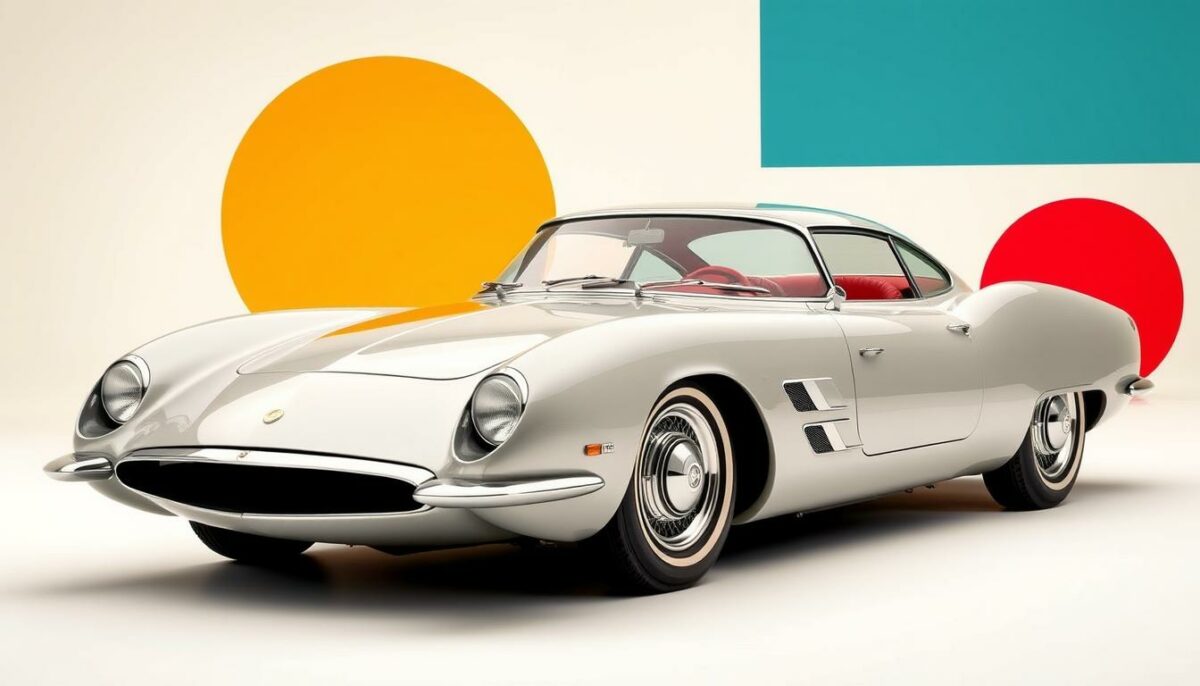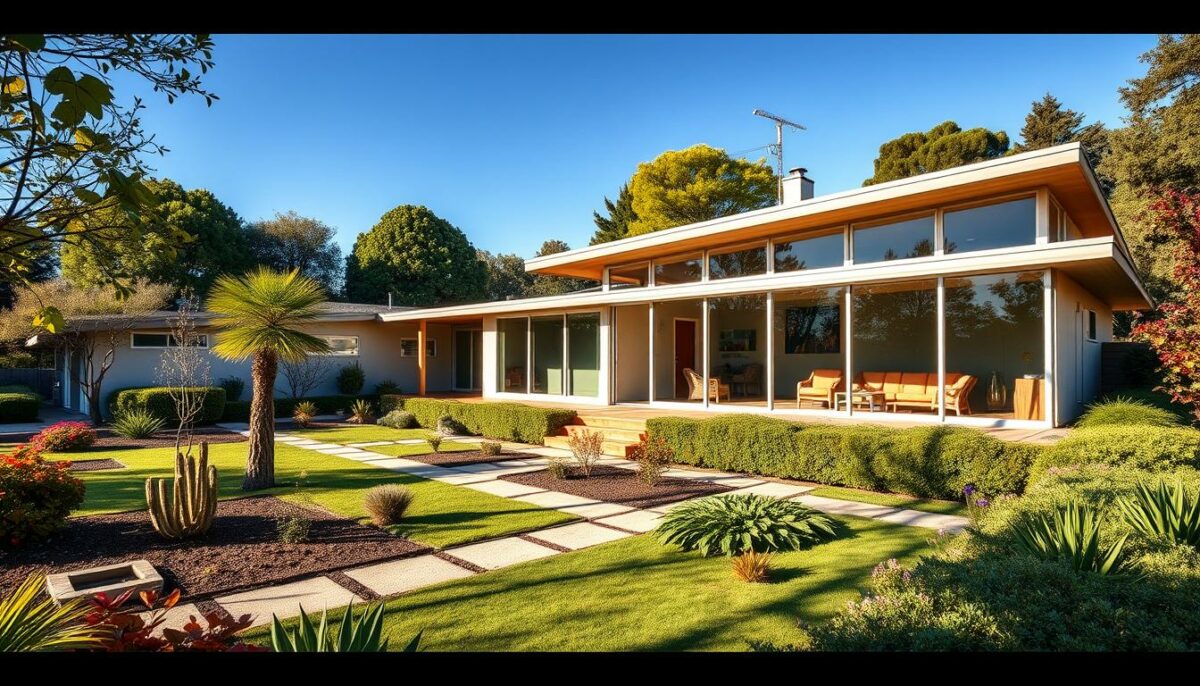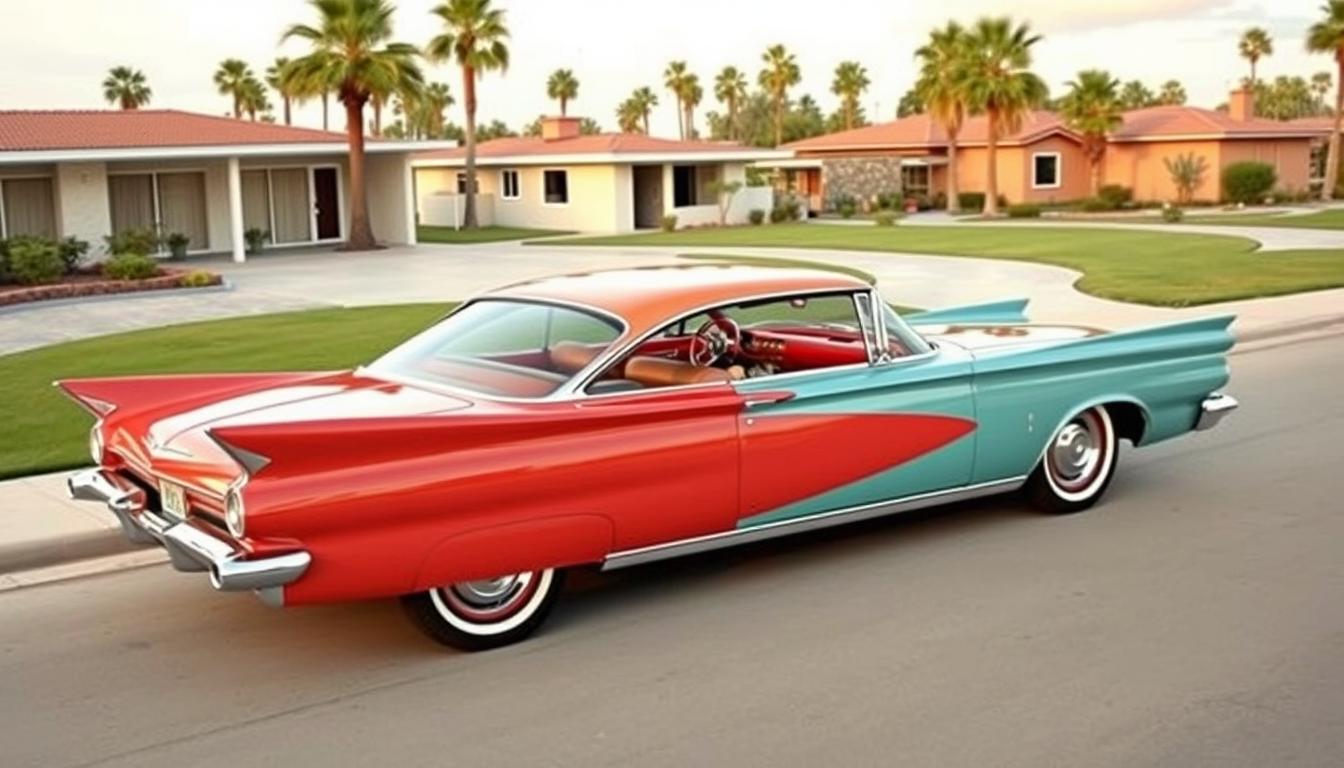The Avanti design is a testament to the innovative spirit of mid-century modern automotive innovation. With its sleek lines and futuristic aesthetic, the Avanti embodies the essence of mid-century modern design, which emphasized functionality, simplicity, and a departure from traditional norms. The Avanti’s unique design was a product of its time, reflecting the cultural and artistic movements of the era.
The Avanti’s place in automotive history is significant, as it represents a bold experiment in mid-century modern design. Its influence can still be seen in modern car design, with many manufacturers incorporating elements of mid-century modern aesthetics into their vehicles. The Avanti’s design legacy is a testament to the power of innovative thinking and the enduring influence of mid-century modern design on automotive innovation.
The Mid-Century Modern Movement and Automotive Innovation
The mid-century modern movement had a profound impact on various fields, including automotive design. This period, characterized by post-war design revolution, saw significant societal changes and technological advancements. As a result, new approaches emerged in automobile design, influenced by the works of visionary designers like Raymond Loewy.
Raymond Loewy, a renowned designer, played a crucial role in shaping the automotive design landscape. His vision for the future of cars was instrumental in breaking traditional automotive design rules. Loewy’s approach focused on creating sleek, aerodynamic, and functional designs that would appeal to the masses. The post-war design revolution, with its emphasis on innovation and experimentation, provided the perfect backdrop for Loewy’s ideas to flourish.
Post-War Design Revolution
The post-war design revolution was marked by a shift towards modernity and simplicity. Designers began to experiment with new materials, shapes, and forms, leading to the creation of iconic cars that embodied the spirit of the era. Automotive design rules were being rewritten, and Raymond Loewy was at the forefront of this movement.
Raymond Loewy’s Vision
Loewy’s vision for automotive design was centered around the concept of “beauty through function.” He believed that a car’s design should be a perfect blend of form and function, resulting in a vehicle that was both aesthetically pleasing and highly functional. This approach influenced the development of many iconic cars, including the Avanti, which was designed by Loewy and his team.
Breaking Traditional Automotive Design Rules
The Avanti’s design was a testament to Loewy’s ability to break traditional automotive design rules. With its sleek, curved lines and futuristic shape, the Avanti was a radical departure from the conventional cars of its time. The post-war design revolution had created an environment where innovation and experimentation were encouraged, allowing designers like Loewy to push the boundaries of what was possible in automotive design.

The mid-century modern movement’s influence on automotive design can be seen in the use of new materials, such as fiberglass, and the emphasis on aerodynamics and functionality. The Avanti, with its sleek design and innovative features, was a prime example of this movement’s impact on the automotive industry.
| Designer | Car Model | Year |
|---|---|---|
| Raymond Loewy | Avanti | 1962 |
| Raymond Loewy | Studebaker Champion | 1957 |
Key Design Elements of the Avanti’s Distinctive Profile
The Avanti profile is characterized by its unique blend of distinctive design elements, which not only contribute to its aesthetic appeal but also enhance its aerodynamic features. One of the most notable design choices is the wedge-shaped nose, which eliminates the need for a traditional grille. This design decision improves airflow and reduces drag, resulting in better performance and fuel efficiency.
Other key design elements include the rakish roofline and distinctive side panels, which add to the car’s sleek and modern appearance. These features are a testament to the mid-century modern principles of clean lines, functional aesthetics, and the integration of form and function. The Avanti’s design is a masterful blend of style and substance, with each element working together to create a truly iconic vehicle.
- Wedge-shaped nose for improved aerodynamics
- Lack of a traditional grille for reduced drag
- Rakish roofline for a sleek and modern appearance
- Distinctive side panels for added style and functionality
These design elements come together to create an Avanti profile that is both visually stunning and highly functional, making it a true classic of mid-century modern design.
The Influence of Mid-Century Design on the Avanti: A Cultural Synthesis
The Avanti’s design is a testament to the cultural synthesis of mid-century architecture, interior design, and innovative materials. The car’s body design reflects the geometric shapes and large glass surfaces characteristic of mid-century architecture.
Architectural Influences in Body Design
The Avanti’s design was influenced by the works of famous architects such as Eero Saarinen and Richard Neutra, who were known for their use of innovative materials and geometric shapes in their buildings.
Interior Space and Functionality
The interior of the Avanti was designed with functionality and comfort in mind, featuring a spacious cabin with ergonomic seating and ample legroom. The interior design was influenced by the principles of mid-century furniture design, which emphasized simplicity, functionality, and innovative use of materials.
Materials and Manufacturing Innovation
The Avanti’s production involved the use of innovative materials and manufacturing techniques, such as fiberglass and advanced welding methods. These innovations allowed for the creation of a strong, lightweight, and durable body that was both stylish and functional.
The following table highlights some of the key features of the Avanti’s design:
| Feature | Description |
|---|---|
| Body Design | Geometric shapes and large glass surfaces |
| Interior Space | Spacious cabin with ergonomic seating and ample legroom |
| Materials and Manufacturing | Innovative use of fiberglass and advanced welding methods |

A Design Legacy That Transcends Time
The Avanti’s enduring impact on automotive design is a testament to its timeless appeal. Its distinct profile and innovative styling have continued to inspire designers and enthusiasts alike, long after its initial production run. The Avanti’s design elements, rooted in the principles of mid-century modern aesthetics, have influenced subsequent car models and kept the spirit of this iconic vehicle alive.
The Avanti’s sleek, aerodynamic body and distinctive grille have become hallmarks of its design legacy, with echoes of its influence visible in the work of contemporary automakers. Its emphasis on functionality and streamlined form over traditional ornamentation has made the Avanti a touchstone for those who appreciate the lasting power of thoughtful, purposeful design. The Avanti’s cult status among enthusiasts further solidifies its place in design history, as a symbol of the enduring appeal of mid-century modern principles in the automotive realm.

